Flood-Resilient Design: Structural Strategies for Building in Flood Zones

This article examines structural strategies for flood-resilient design in UK flood zones, covering regulatory guidance, construction methods, material selection, cost analysis, and the role of insurance schemes. It highlights practical measures for mitigating damage and adapting to increasing climate-driven flood risks.
Flood-Resilient Design: Structural Strategies for Building in Flood Zones

This article examines flood-resilient structural design in the UK, outlining risk assessments, material selection, regulatory frameworks, case studies, and the impact of climate change. It highlights key design principles, economic considerations, and emerging technologies supporting sustainable, resilient construction in flood-prone areas.
Self-Healing Concrete: Smart Materials That Could Repair Themselves
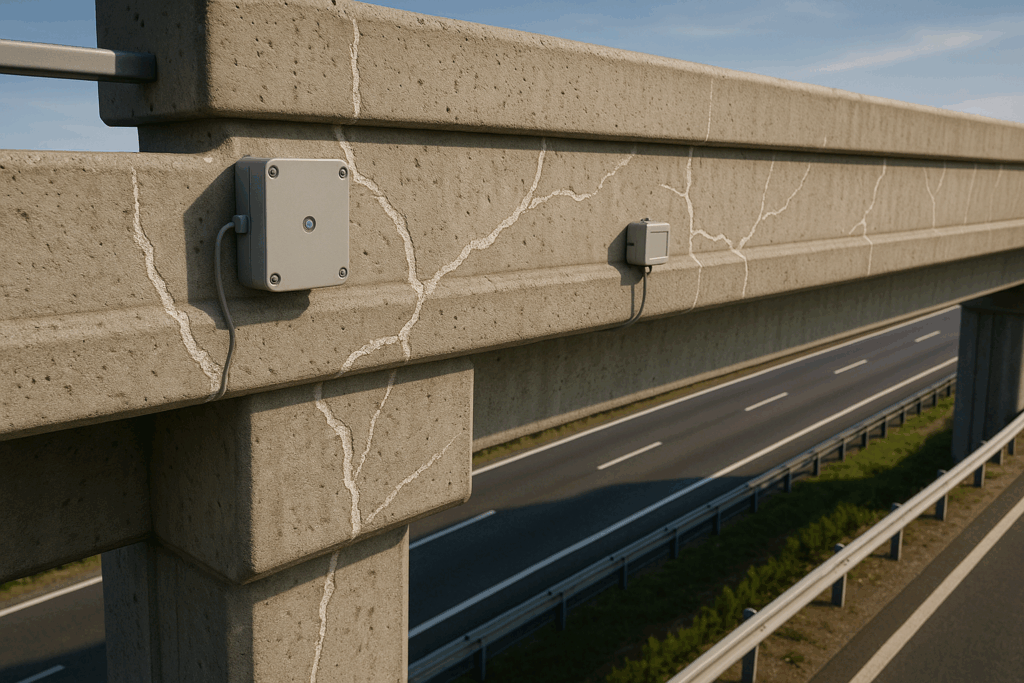
This article examines self-healing concrete technologies in the UK, detailing how bacteria, polymers, and microcapsules enable cracks to repair themselves. It explores real-world infrastructure applications, economic and sustainability benefits, digital integration with smart sensors, and future research directions shaping commercial adoption.
Robotics on the Job Site: Will Robots Build the Structures of Tomorrow?
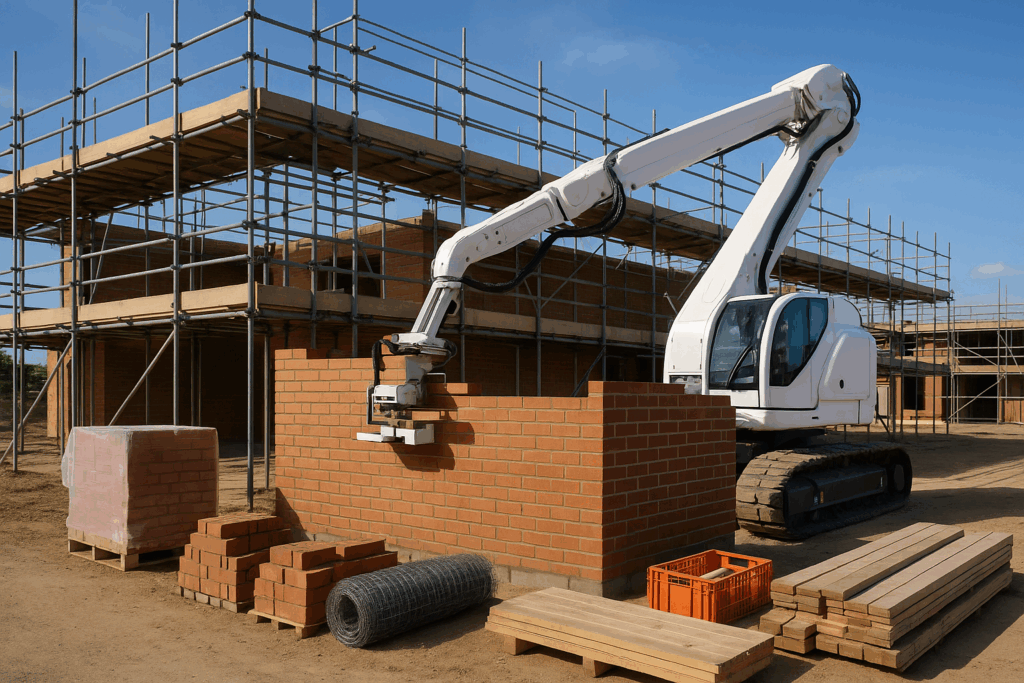
This article examines the rapid rise of robotics in UK construction, highlighting growth projections, key applications in modular, 3D printing, and automation, regulatory requirements, workforce impacts, government initiatives, and future trends emphasising AI-BIM integration and human-robot collaboration for enhanced productivity and safety.
Prefabrication & Offsite Construction: How Modular Design is Transforming Building
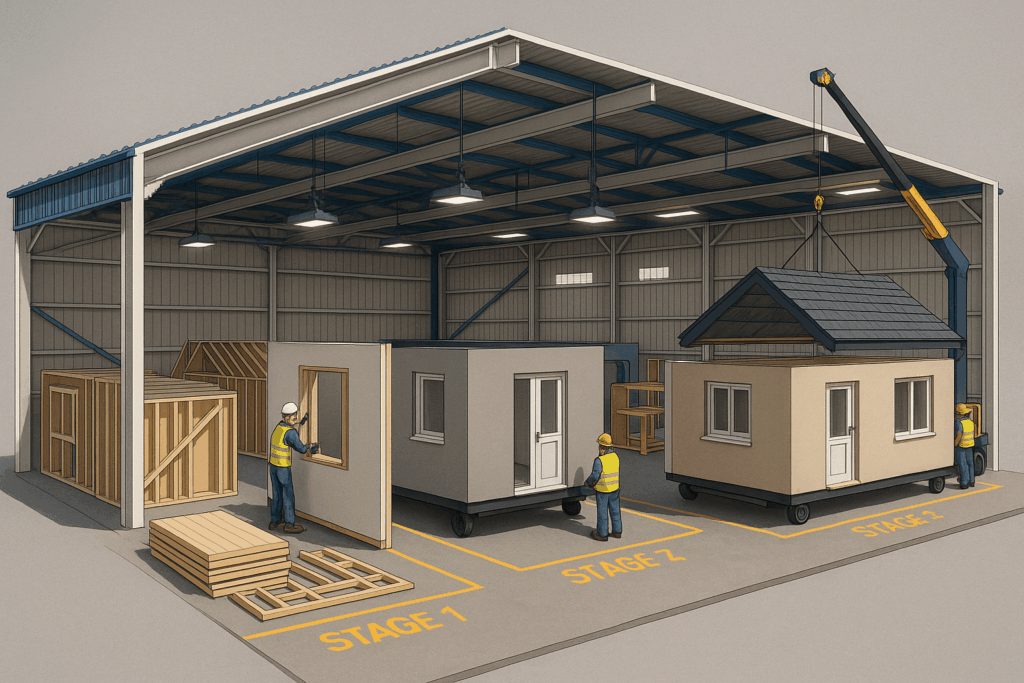
This article examines the rapid growth of prefabrication and modular construction in the UK, exploring technological, regulatory, and environmental drivers. It covers government policy, reduced carbon emissions, labour efficiencies, recent market challenges, and the evolving standards shaping the future of offsite construction.
AI in Structural Engineering: How Automation is Changing Design and Analysis
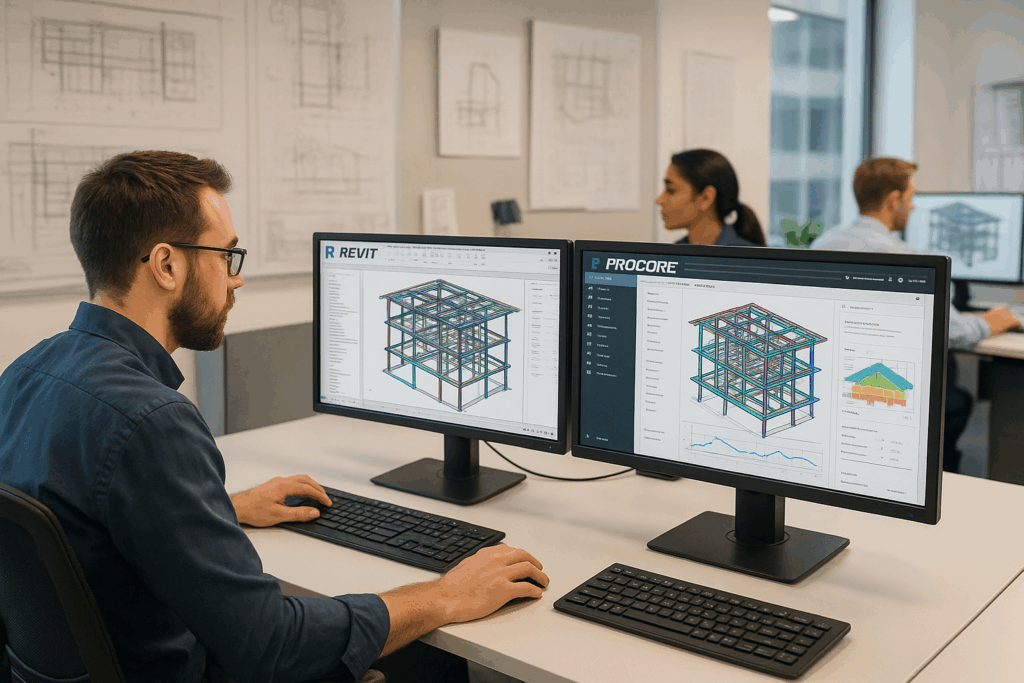
This article examines how artificial intelligence is transforming UK structural engineering, focusing on AI-driven design, compliance checking, safety improvements, and workforce skills. It explores the regulatory landscape, economic impact, and the importance of balancing automation with professional expertise.
Adaptive Reuse: Structural Engineering Challenges in Converting Old Buildings

This article examines the structural engineering challenges of adaptive reuse for historic UK buildings, focusing on regulatory frameworks, heritage preservation, innovative strengthening techniques, fire safety, skills shortages, economic realities, and emerging technologies for climate resilience and sustainable retrofit.
Drones & 3D Scanning: Tech Revolutionizing Structural Inspections
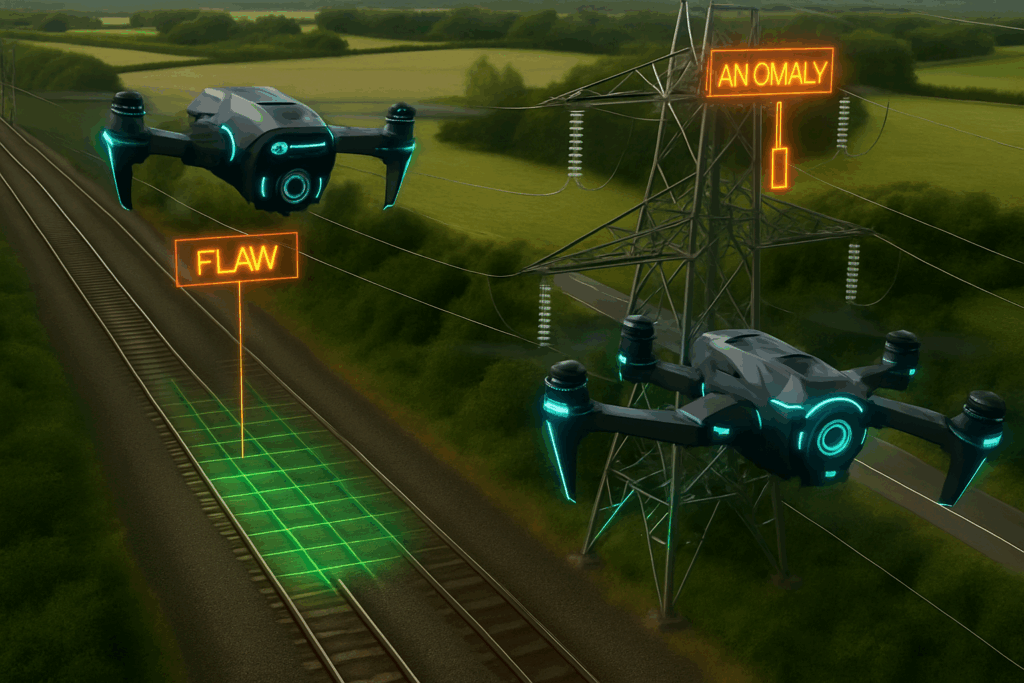
This article examines how drone technology and 3D scanning are revolutionising structural inspections in the UK. It explores advancements like LiDAR, AI-powered defect detection, regulatory changes enabling BVLOS operations, and their impact on safety, sustainability, cost savings, and maintenance efficiency.
3D-Printed Buildings: A Structural Engineer’s Take on Printed Concrete Construction

This article examines the rapid expansion of 3D-printed concrete construction in the UK, highlighting innovations in structural systems, sustainable materials, regulatory compliance, and seismic testing. Case studies illustrate industry partnerships and practical adoption, addressing challenges and opportunities in structural safety and market growth.
Rise of the Robo-Builder: AI, BIM and Robots in Construction 2025

This blog explores major construction technology trends for 2025, including AI-driven design, advanced BIM, digital twins, robotics, drones, exoskeletons, and 3D printing. These innovations enhance productivity, safety, and precision for steelwork, SFS, architecture, and contracting professionals navigating the evolving industry.
